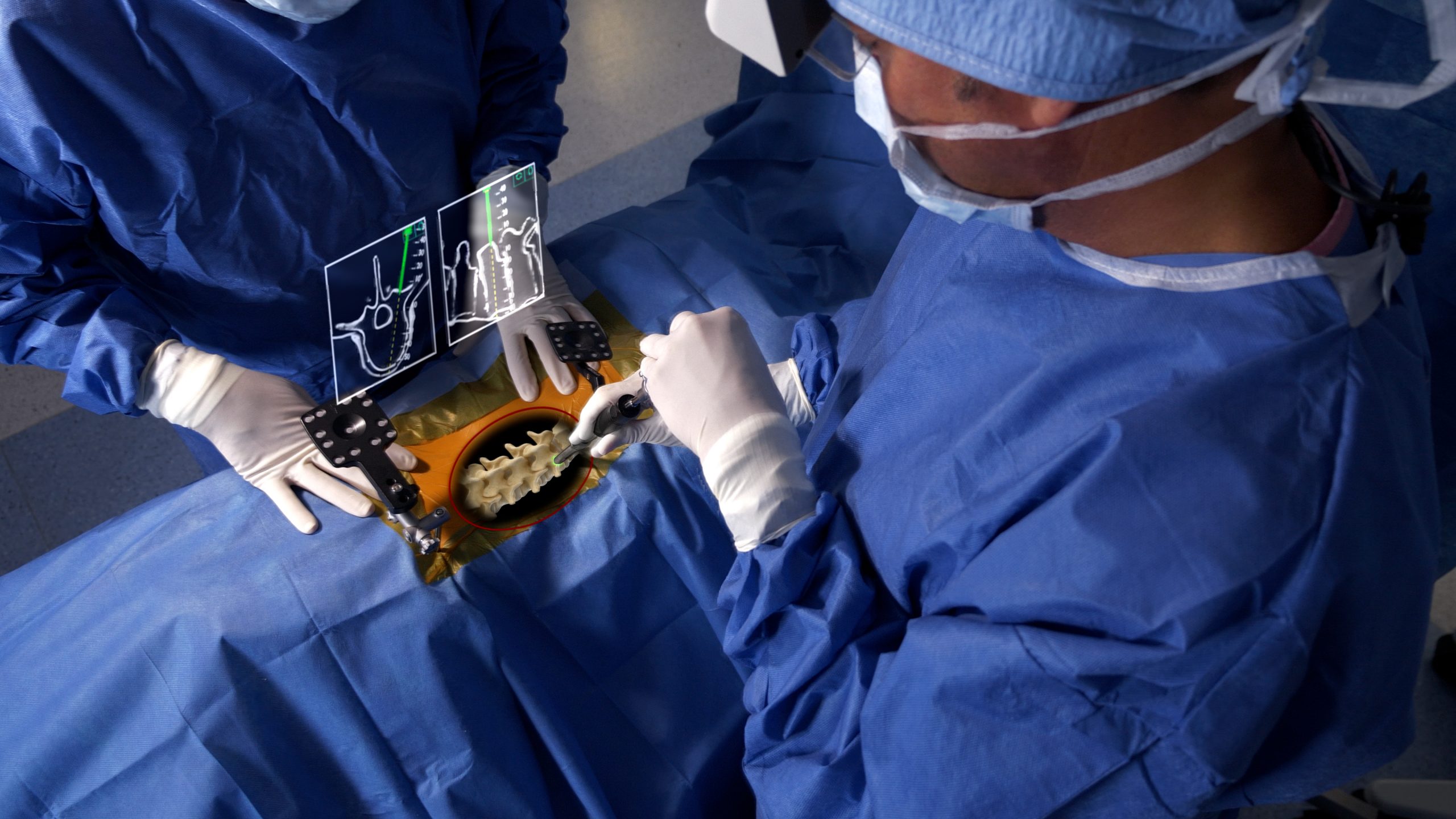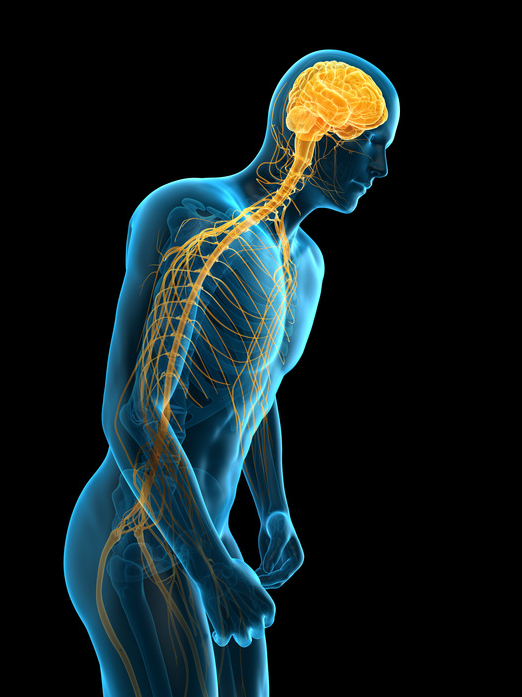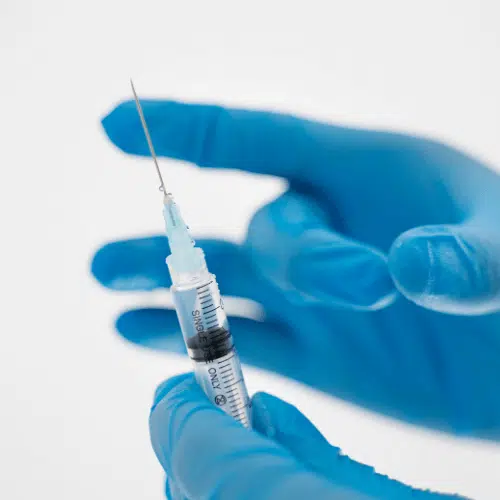An Overview of Spine Conditions That Typically Lead To Surgical Therapies
Spinal column conditions such as herniated discs, spine constriction, and degenerative disc condition regularly necessitate medical interventions when conservative treatments stop working to relieve persistent signs. These problems not just lead to substantial pain but can likewise seriously impair everyday performance and total lifestyle. Recognizing the nuances of each condition and the corresponding surgical alternatives, such as discectomy or spinal fusion, is important for efficient management. As we discover these conditions even more, it comes to be apparent that the decision-making procedure bordering surgical treatment is multifaceted and warrants careful factor to consider.
Herniated Discs
Although many people with herniated discs may locate alleviation with conventional treatments, surgical procedure ends up being a needed consideration when signs and symptoms aggravate or linger - best spine surgeons in st louis mo. A herniated disc occurs when the soft inner gel of a spine disc extends through its external layer, possibly pressing nearby nerves and leading to pain, pins and needles, or weak point in the extremities
Traditional management typically includes physical therapy, pain medicines, and corticosteroid shots, which aim to lower inflammation and enhance feature. In situations where these approaches stop working to minimize debilitating symptoms, medical alternatives may be checked out.
The most typical surgery for herniated discs is a discectomy, which includes the removal of the herniated section of the disc to soothe stress on the impacted nerve root. In more severe situations, back blend might be needed to support the influenced vertebrae.
Individuals are advised to review the prospective threats and benefits of surgical treatment with their doctor to make a notified choice. Eventually, the goal of any medical intervention is to restore feature, minimize discomfort, and enhance general lifestyle for people dealing with herniated discs.
Back Stenosis
Back stenosis takes place when the spaces within the spine narrow, leading to enhanced stress on the spinal cord and nerves. This condition can establish in numerous areas of the spinal column, including the cervical and back locations, typically as a result of age-related changes, such as degenerative disc illness, arthritis, or enlarging of tendons.
Individuals with back stenosis might present with signs and symptoms that include discomfort, pins and needles, tingling, or weakness, mainly in the legs or arms. These symptoms can be worsened by activities that involve standing or strolling, typically leading individuals to look for relief with traditional therapies like physical treatment, medicines, or epidural steroid injections.
Nonetheless, when these non-surgical treatments fall short to supply adequate relief, medical choices might be taken into consideration. Usual surgical procedures for back constriction include laminectomy, which entails the elimination of component of the vertebra to reduce stress, and spine blend, which stabilizes the damaged area. The decision to pursue surgical treatment is typically based on the extent of signs and symptoms, the degree of practical disability, and the overall wellness of the person. Prompt medical diagnosis and administration are important to stop additional neurological compromise and boost high quality of life.
Spondylolisthesis
Spondylolisthesis occurs when one vertebra slips ahead over another, causing misalignment of the back. This condition can arise from different variables, consisting of genetic problems, trauma, or degenerative adjustments in the back. visit this site It is most frequently observed in the back area, specifically at the L4-L5 and L5-S1 levels.

When non-surgical techniques fail to eliminate symptoms or when significant nerve compression is present, surgical treatment might be warranted. Surgical choices can include back blend or decompression treatments, aimed at restoring positioning and alleviating neurological symptoms.
Degenerative Disc Condition

The condition can be diagnosed via a mix of scientific examination, imaging studies, and patient history. When these techniques fall short to offer ample alleviation, surgical treatments might be thought about.
Surgical options for DDD might consist of spinal fusion or artificial disc replacement, focused on stabilizing the affected section and easing discomfort (best spine surgeons in st louis mo). Inevitably, the selection of therapy is embellished, considering the seriousness of the problem, patient wellness, and way of life factors
Back Tumors

What factors contribute to the advancement of lumps within the spine, and exactly how do they manifest in clients? Back growths can develop from different factors, including click hereditary tendency, ecological impacts, and pre-existing medical conditions. They can be classified as key growths, stemming in the spine, or second tumors, which spread from various other areas of the body. Individuals might offer with a series of signs, consisting of localized discomfort, neurological shortages, weak point, or changes in bowel and bladder function, depending upon the growth's dimension and area.
Surgical intervention might be warranted to minimize signs and symptoms, acquire a biopsy, or eliminate the tumor completely. The objective of surgery is often to unwind neural elements and maintain the back. Early discovery and intervention are essential for maximizing outcomes in clients with spine tumors.
Final Thought
In summary, back conditions such as herniated discs, spine constriction, spondylolisthesis, degenerative disc condition, and back tumors regularly demand surgical intervention due to their potential to trigger significant pain and practical disability. While traditional treatments might supply short-term alleviation, surgical options come to be crucial when symptoms linger or get worse. Prompt diagnosis and intervention play a crucial function in recovering feature and boosting the quality of life for affected individuals, highlighting the relevance of comprehensive spine treatment.
